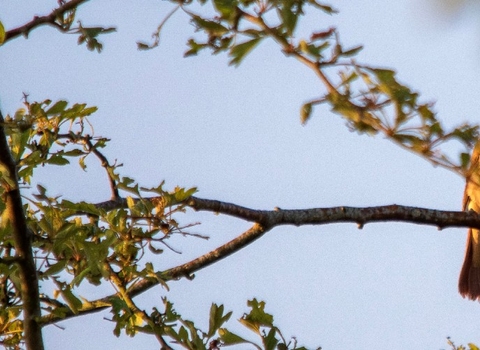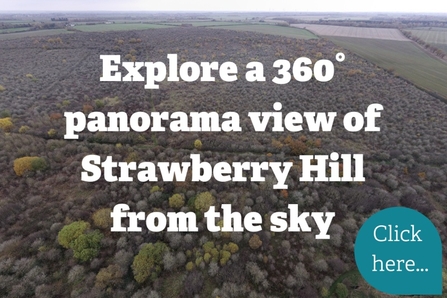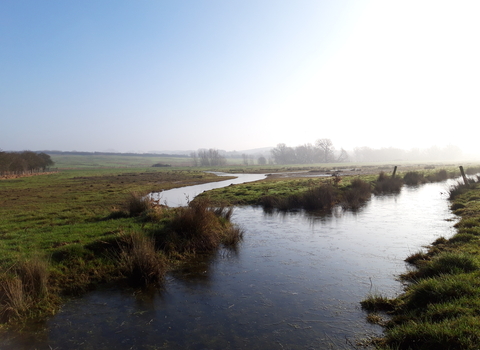A hidden gem in north Bedfordshire
Strawberry Hill is an extraordinary place. Some 35 years ago, the previous owner decided to let nature take over this 150 hectare (377 acre) site. The land was transformed from poor arable fields to grassland, shrub and young woodland. As the habitat became wilder, the wildlife moved in – nightingales, turtle doves, linnets, harvest mice, badgers and more.
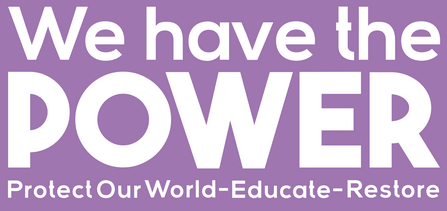
The Trust has leased the site since 2022 when Julia Davis of We Have The Power together with a group of conservation minded leaders, and the Esmée Fairbairn Foundation stepped in to hold it temporarily.
In 2023 half of the site was purchased with a grant from Biffa Award. In 2024 the Wildlife Trust for Beds, Cambs and Northants launched an appeal for £1.5million to buy the remaining half of the site.
Sign up to our eNews to keep updated on the story of Strawberry Hill
What's next for Strawberry Hill?
Buying Strawberry Hill was only possible thanks to your generosity. Now the land is saved, we must ensure that Strawberry Hill remains an extraordinary place for wildlife.
We know you have already dug deep to help buy Strawberry Hill. Could you continue to support Strawberry Hill going forward? Anything you can give now will go towards some immediate needs for our newest nature reserve and help plan for the long term.
Take a virtual tour of the site
Strawberry Hill Virtual Tour (https://www.youtube.com/watch?v=LVzEFDCXl1g)
Credit: Holly Wilkinson WTBCN
About the site
Bedfordshire is one of the most intensively farmed counties in the UK. However in the 1990s, one enlightened farmer turned his 150-hectare farm over to nature under the Countryside Stewardship Scheme.
Some 25 years later, Strawberry Hill has been transformed from arable fields to scrub and young woodland, providing habitat for large populations of an increasing diversity of species, now being monitored and surveyed by staff and local naturalists.
Wildlife
Strawberry Hill is already an important site for nature. We aim to protect the species there and the special habitat that has developed over the past twenty five years, as well as enhancing it for other species to come in and thrive.
A recent bird survey showed healthy populations of nightingales, willow warblers, whitethroats and garden warblers with ideal habitat for turtle doves.
Frequently Asked Questions
Where is Strawberry Hill?
The entrance to Strawberry Hill is at Knotting Green in Bedfordshire between Rushden and Bedford. It is not currently open to the public as a nature reserve, and there is no on-site parking. However it does have public footpaths across it. Large groups of visitors may however be harmful to the site and with the only parking available on roadside verges through the very small village we are keen to restrict visitors to ensure good relations with local residents.
Can I visit?
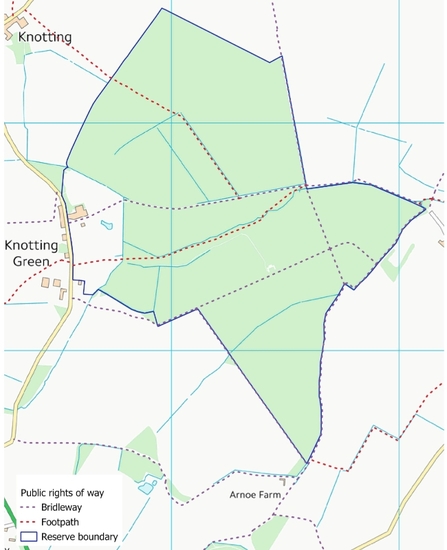
There are public footpaths across the site which are accessible from the villages of Knotting Green, Knotting and Riseley. The North Bedfordshire Heritage Trail runs alongside the site.
You are welcome to explore the site and its nature using the footpaths marked on the map. Please help us protect wildlife by keeping dogs on a lead and sticking to the paths. If you have arrived by car please park in the village responsibly and have respect for our neighbours.
We are currently developing an access plan for the site so that people can enjoy all this place has to offer without impacting the unique habitat and its abundant wildlife.
If you are a member of a group and would like to arrange a visit please email strawberryhill@wildlifebcn.org and, if staff resources allow, we will arrange for you to park on site and get a guided tour.
Why did the farmer stop managing the land?
In the 1980s the Government was trialling subsidy schemes to takes areas out of production, due to surpluses across the EU, and to promote positive environmental management. The owner of Strawberry Hill was able to enter the site as an experimental “habitats scheme”, and in this case the agreement allowed him to receive a subsidy for removing all management from the land. There were other habitats scheme sites in our area, but sadly these have all subsequently gone back into arable farming.
Why is it called Strawberry Hill?
It is named on the earliest OS map from the start of the C19. Old place names often-referred to some recognisable character so this might have been a place where strawberries grew - probably wild, and not cultivated. However the word 'berry' could also be derived from the Old English beorge - a mound, barrow or hill - so a tautologous name. possibly referring to the small hill, to the south of the site, but also possibly to an old burial mound. Middle English bery means a burrow. So could refer to rabbit burrows.
Why is it not a SSSI and why aren’t you trying to get it designated?
Unfortunately the Government rules on Sites of Special Scientific Interest (SSSIs) are that only a sample of the best sites have to be designated, rather than all of the most important sites. They have looked at Strawberry Hill in the past – the original reversion of the site from arable to scrub was supported by funding through a government agri-environment scheme – and the site meets the criteria for designation as a SSSI because of the significant numbers and range of breeding birds. They decided not to pursue a designation partly because of the “sample” approach to designation, and partly because designation as a SSSI doesn’t work well for scrub habitats, which are dynamic, with a need for areas to change over time.
Designation as a SSSI involves identifying what are called “qualifying features”. Land owners and managers are then required to maintain those features. Our understanding is that, when looking at Strawberry Hill, Natural England felt that a designation would be open to challenge as it’s not possible to implement management that will fix the features of the site in any particular condition. The site therefore doesn’t have any formal designation, and no protection as a SSSI. This is one of the key reasons our Trustees felt that we should try to secure the site, as it is effectively unprotected.
We will make Bedfordshire, Cambridge and Northamptonshire wilder
Strawberry Hill will see the protection and monitoring of wildlife across 370 acres of land, which currently has no designation. We will secure the future of the species that have taken hold there in recent years and improve connectivity for nature within its boundaries and beyond.
We will undertake more research to better understand our wildlife and its needs
Strawberry Hill provides some unique conservation research opportunities. It will allow us to analyse the first 25 years of bird communities (thanks to detailed recording by local naturalists) and provide a more comprehensive baseline now, combined with habitat descriptions and measurements of carbon storage and sequestration rates.
Because of its size, different approaches to ecological development could be tested, informing management across our counties and the wider movement.
We will inspire more people to love and take action for nature
In the past, the harmony between people and nature was more obvious. We have embarked on a downward spiral of disconnection: as we are increasingly detached we value nature less, and the quality of our natural environment declines. It is vital that we continue to reverse this, both for our own sakes and for nature’s recovery.
Evidence says that if we get one in ten people taking visible action for nature we create a social ‘tipping point’ – a magic moment when a social behaviour moves the masses to do the same. Strawberry Hill will afford us the opportunity to engage with a more diverse range of people in different ways.
We will work nationally to benefit wildlife locally
Nature doesn’t recognise human boundaries. Government plans and strategies, climate change, pollution and the threats to migratory wildlife all affect nature on a local scale. If we want wildlife to thrive locally we need to engage at every level of society.
Strawberry Hill will reinforce our campaign to ensure that people recognise the need for nature’s recovery. It will also allow us to explore and develop other natural solutions to the climate crisis.
For further information email fundraise@wildlifebcn.org
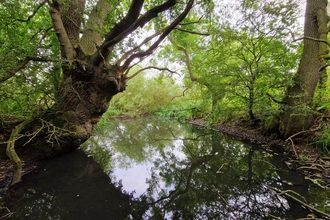
Wild about Water: Strawberry Hill
Water is essential to all living things. The availability of water within an ecosystem can change the landscape dramatically, both…
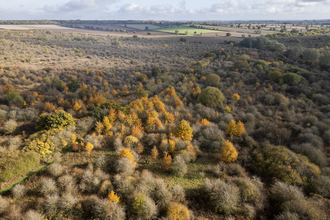
In Conservation Episode 3 - Strawberry Hill Forever
Join host Sophie Baker on a tour of our newest nature reserve Strawberry Hill in the third episode of our new podcast
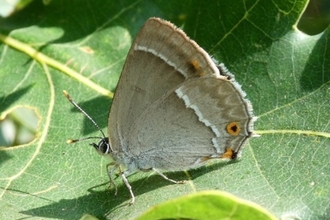
Monitoring Purple Hairstreak at Strawberry Hill
This summer, the butterfly recording team at Strawberry Hill in Bedfordshire monitored the population of Purple Hairstreak using a new…
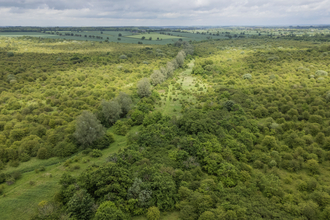
It Takes a Village: Two Years on at Strawberry Hill
It’s been a little over two years since we took on Strawberry Hill and with your help we have managed to successfully raise the funds to…
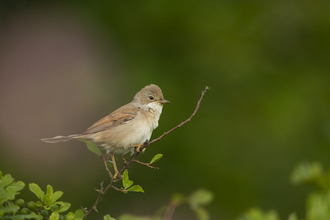
Breeding bird surveys at Strawberry Hill
Breeding bird surveys at Strawberry Hill have many challenges, as despite the huge amount of birdlife, you see hardly any of them. Our…
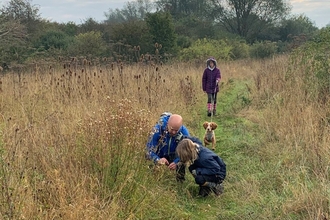
Rewilding the soul
I got my first mobile phone in the late 1990s, around the first time I went to Strawberry Hill. As a young adult I was drawn there again…

